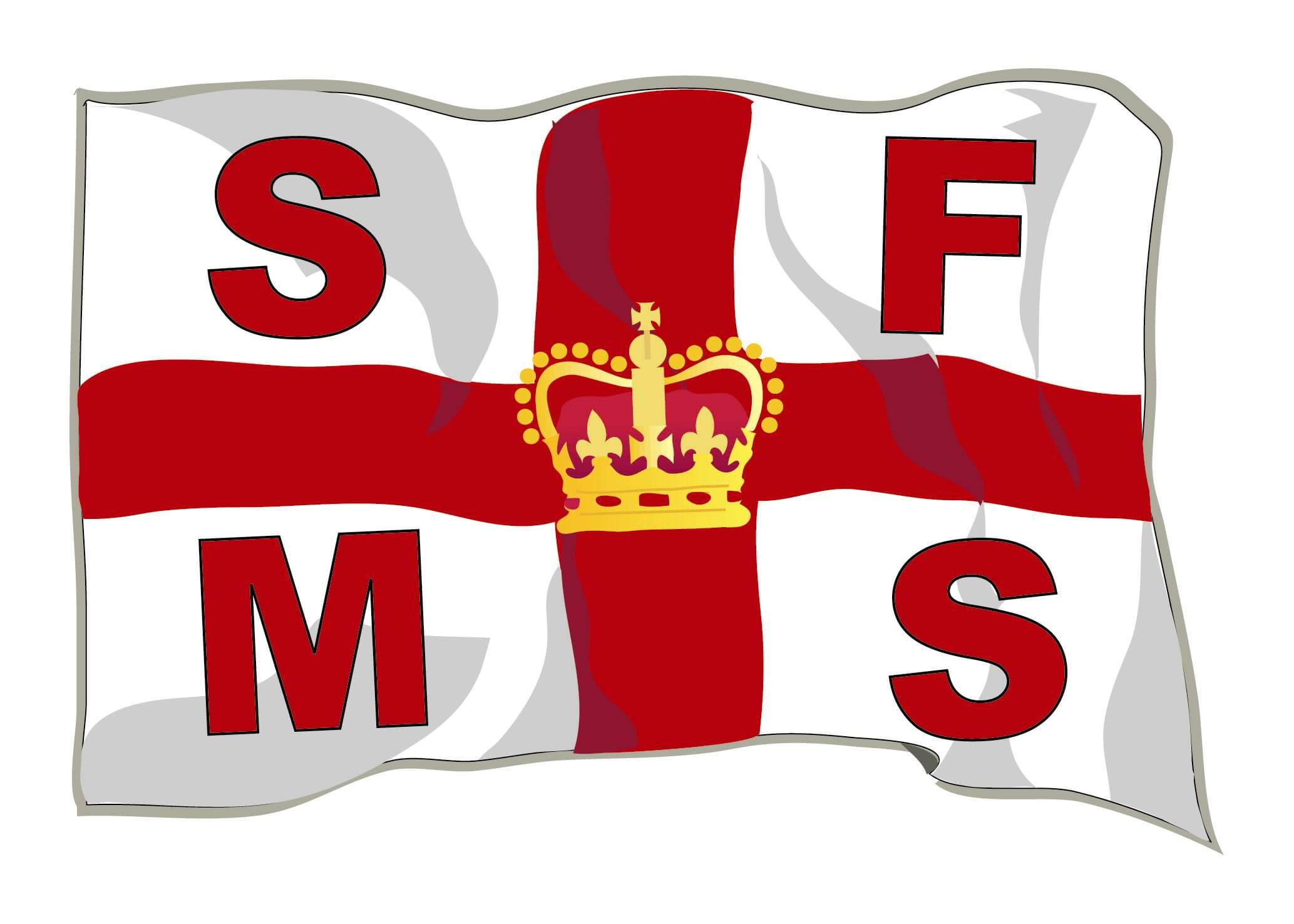Edward & Maisie Lewis Award 1989

EDWARD AND MAISIE LEWIS award to the crews of SAR Sea King helicopter of 771 and SAR Sea King helicopter of B Flight 202 Squadron RAF Brawdy for the rescue of the crew from the freighter Secil Japan 12 Mar 1989.
Early in the evening of 12 March 1989 the Korean freighter Secil Japan was driven onto rocks below the cliffs of Hell’s Mouth in St Ives Bay, Cornwall. In response to a call for assistance routed through the Rescue Co-Ordination centre at Plymouth, the duty SAR Sea King helicopter from RNAS Culdrose was scrambled and on arrival in the area found the vessel close to the 200ft high cliffs, with its stern on the rocks and being battered by huge waves. With the wind gusting to 55 kts, spray rising to a height of 150ft and extreme turbulence in the vicinity of the cliffs, Lieutenant Nelson, the Captain, determined that it was too dangerous to lower his diver, CPO Aircrewman Grinney, to the ship. However, under the superbly professional conning by Aircrewman Hart, he manoeuvred the aircraft with consummate skill and succeeded in lowering a hi-line and rescue strop to the deck. At this point the ship swung round and Lieutenant Nelson deftly relinquished the controls to Lieutenant Pollard who now had better hover references, having gained visual contact with the cliffs. Four of the ship’s crew were then successfully lifted to safety before a violent roll caused the hi-line to part. The survivors were swiftly recovered to Culdrose and having obtained more lines, the Sea King returned to Hell’s Mouth. By this time, the ship was even closer to the cliffs, with decks awash and waves breaking over the wheelhouse. For 20 minutes the aircraft hovered within yards of the cliffs, maintaining a hi-line contact with the bridge wing, but the remaining crew members were too fearful of the breaking seas to leave the shelter of the bridge. Eventually, this rescue attempt had to be abandoned. At 0030 a SAR Sea King helicopter from RAF Brawdy (Captain, Flight Lieutenant JE McLeod) arrived on scene, finding the vessel hard aground on rocks at the base of the cliffs, with mountainous seas completely submerging her central deck and constantly breaking over the forecastle and bridge. The ship’s crew were now in grave danger and Flight Sergeant Dodsworth, with complete disregard for his own life, volunteered to be lowered to the deck, even though the ship presented a particularly difficult winching target. The Winch Operator, Flight Sergeant Soundy, had an extremely restricted view and because the best hover references were available on his side, Flying Officer Calderwood, the Co-Pilot, was at the controls throughout the rescue.
In spite of being swamped several times, the Winchman finally landed on the bridge where he deployed the hi-line and persuaded the crew to leave their shelter, placing them in strops in preparation to be lifted. Corporal Barnett, an engineer with no aircrew training, greatly assisted the Winch Operator in the organisation and placement of the survivors as they arrived, thereby allowing Flight Sergeant Soundy to maintain his concentration and ensuring the safety of the aircraft at all times. In the meantime, regardless of the danger to his own life, Flight Sergeant Dodsworth remained on deck until all 11 men had been safely recovered. Furthermore, before the final lift, he was forced to climb the mast to free the winch cable which had become entangled with the radio aerial. Throughout the rescue, the hover position of the aircraft was maintained under appalling conditions.
The professional skills of the crews of both aircraft in the face of extreme conditions over an extended period of physical and mental stress were of the highest order and in the very best tradition of the branches of the Services to which they belong, resulting in the saving of 15 lives.


